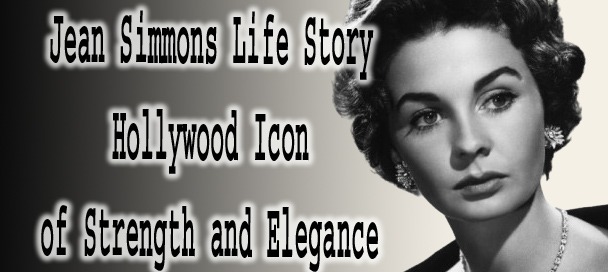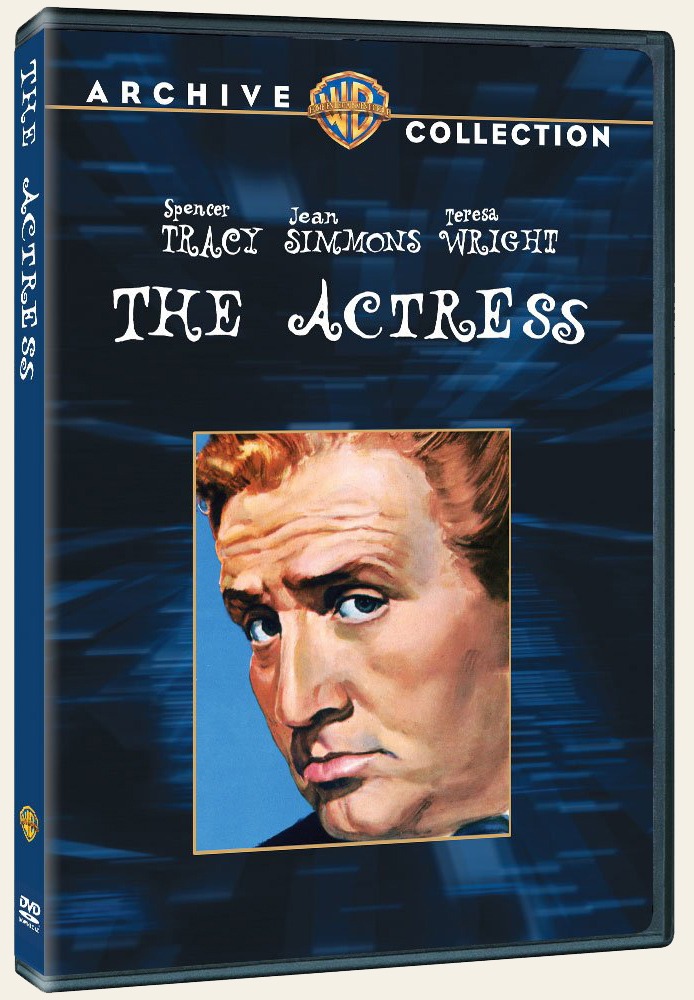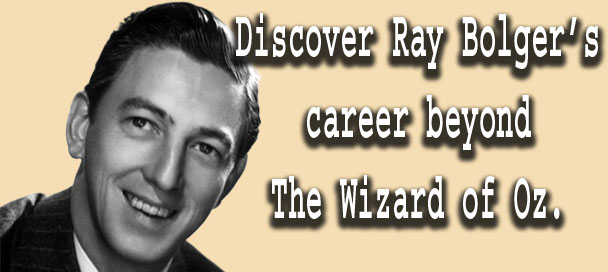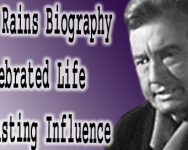🎬 Jean Simmons: Grace, Grit, and a Timeless Screen Presence

Promotional photograph of actress Jean Simmons (1955)
Jean Simmons was the embodiment of refined beauty and quiet strength in classic cinema. With expressive eyes and a voice that could tremble or command with equal power, she captivated audiences from the moment she stepped into the spotlight. Her career, which began in wartime Britain and flourished in Hollywood’s golden age, was marked by versatility, depth, and emotional intelligence far beyond her years.
Jean Simmons was a British‑born actress celebrated for her elegant versatility rising to fame as Ophelia in Laurence Olivier’s "Hamlet" and later winning a Golden Globe for her sultry turn in "Guys and Dolls." Her career spanned from British classics to Hollywood epics and Emmy‑winning television.
Born in England and trained in the tradition of British stagecraft, Simmons transitioned smoothly from teenage ingénue to mature leading lady. She made an early impact in films like Great Expectations and Hamlet, earning praise for her poise and nuance at an age when many actresses were still typecast in simple roles. Her performances had a quiet power never overplayed, never forced yet unforgettable in their subtlety.
As her career expanded internationally, Simmons shared the screen with legends including Laurence Olivier, Marlon Brando, Kirk Douglas, and Richard Burton. But she was never just a supporting figure; her presence elevated every production she touched. In dramas, romances, or epics, she brought authenticity, vulnerability, and strength often within the same scene.
From shy London schoolgirl to movie star and Emmy winner Simmons transformed her demure reputation into a powerhouse presence in films like Elmer Gantry, Spartacus, and The Thorn Birds.
👶 Early Life
Jean Merilyn Simmons was born on January 31, 1929, in Lower Holloway, a working-class district in North London. She was the youngest of four children in a close-knit, modest household. Her father, Charles Simmons, was a former Olympic gymnast turned physical education teacher, and her mother, Winifred, was a homemaker who instilled traditional values and a strong sense of discipline. The family was supportive and nurturing, though not connected to the entertainment industry in any way.
During World War II, the Simmons family relocated to Somerset to escape the London bombings. It was there, in the countryside, that Jean began to dabble in amateur dramatics more as a diversion than a serious pursuit. But her striking features and natural poise caught attention early on. After the war, she returned to London and enrolled at the Aida Foster School of Dance, where her goal was to become a dance instructor.
Her path changed quickly when she was discovered by a talent scout who saw her potential as more than just a dancer. At age 14, she was cast in her first film role in Give Us the Moon (1944), launching a career that would span over six decades. Simmons had no formal acting training at the time, yet her screen presence was undeniable charming, intelligent, and hauntingly expressive even in silence.
Explore the Biographies of Iconic Celebrities
Jean Simmons’ early stage work included a 1944 tour in No Medals, where she played a wartime evacuee, earning praise for her emotional depth at age 15. This role, noted in a 1945 UK theater archive, launched her into films like Caesar and Cleopatra (1945).
🎬 Film Career
Jean Simmons with Gloria Hunniford
Jean Simmons’ film career began in Britain during the 1940s, where she quickly rose from ingénue to national treasure. Her breakout came with David Lean’s Great Expectations (1946), in which she played the young Estella with a mixture of icy beauty and underlying vulnerability. Acting opposite John Mills and Alec Guinness, Simmons made an indelible impression despite limited screen time. The film’s critical success put her on the radar of international directors.
Two years later, she solidified her reputation in Laurence Olivier’s Hamlet (1948), playing Ophelia with a tragic fragility that earned her an Academy Award nomination for Best Supporting Actress at just 19. Olivier, who also directed and starred in the film, praised Simmons for her poise and instinct. The performance marked her as one of Britain’s brightest young talents and caught the attention of Hollywood.
By the early 1950s, Simmons had transitioned fully to American cinema and signed with RKO Pictures. Her early Hollywood films included Angel Face (1953), a film noir opposite Robert Mitchum that revealed her darker, more dangerous side. Under the direction of Otto Preminger, Simmons played a femme fatale far removed from her earlier roles, proving she could command as much edge as elegance.
One of Jean Simmons’ most critically acclaimed roles came in Guys and Dolls (1955), where she held her own in a musical alongside Marlon Brando and Frank Sinatra. As the pious Sarah Brown, Simmons displayed both comedic timing and unexpected vocal chops. Despite stiff competition from her more seasoned co-stars, she gave the film heart and substance, helping it become a major box-office success.
Throughout the 1950s and '60s, Simmons worked steadily, alternating between period dramas, romantic epics, and psychological thrillers. She appeared in The Robe (1953) with Richard Burton, Young Bess (1953) opposite Stewart Granger, and The Egyptian (1954) with Edmund Purdom and Victor Mature. Her classical features and graceful presence made her a go-to actress for historical and literary adaptations.
Perhaps her most iconic performance came in Spartacus (1960), directed by Stanley Kubrick and produced by Kirk Douglas, who also starred in the title role. As Varinia, the slave who captures Spartacus’ heart, Simmons brought warmth and quiet strength to a film otherwise dominated by spectacle. Sharing scenes with Charles Laughton, Peter Ustinov, and Tony Curtis, she more than held her own in a powerhouse cast.
In 1969, Simmons earned her second Academy Award nomination this time for Best Actress for her role in The Happy Ending, a dark domestic drama directed by her then-husband Richard Brooks. The film gave Simmons a rare opportunity to explore contemporary themes of dissatisfaction, alcoholism, and lost identity. It was a reminder that her emotional depth hadn’t dimmed with time.
Jean Simmons’ continued to work into the 1970s and 1980s, with roles in films like Mr. Buddwing (1966) with James Garner, and Say Hello to Yesterday (1971), showcasing her ability to transition into mature roles gracefully. She also made successful forays into television, earning an Emmy Award for her performance in the 1983 miniseries The Thorn Birds, opposite Richard Chamberlain and Rachel Ward.
In her final film roles, Simmons remained a respected presence, appearing in How to Make an American Quilt (1995) alongside Winona Ryder, Anne Bancroft, and Maya Angelou. Even in her later years, she brought dignity and layered emotion to every scene.
Jean Simmons’ film career was a masterclass in quiet power. She moved effortlessly from ingénue to leading lady, from silver-screen icon to television veteran, always with grace, intelligence, and an unshakable presence. Whether acting beside titans like Kirk Douglas, Laurence Olivier, or Marlon Brando, she never faded into the background she stood as their equal.
Jean Simmons friendship with Deborah Kerr shaped her career choices. Kerr’s advice, shared during a 1950s London dinner, pushed Simmons to prioritize complex roles, leading to her acclaimed performance in The Clouded Yellow (1950), per a 1980s biography.
🎭 The Actress (1953) – Jean Simmons Shines in This Heartfelt Stage Dream
Jean Simmons stars alongside Spencer Tracy, Teresa Wright, and a young Anthony Perkins in his film debut in this charming coming-of-age story directed by George Cukor. Based on Ruth Gordon’s autobiographical stage play, the film explores ambition, family expectations, and the tug-of-war between practicality and passion.

Jean Simmons stars as a spirited teen with stars in her eyes, opposite Spencer Tracy’s gruff but loving father.
Simmons plays a determined 17-year-old who dreams of becoming an actress, while Tracy’s hilarious and heartfelt performance as her father anchors the emotional stakes. Teresa Wright brings warmth and subtlety as the mother caught in the middle. And keep an eye out for Anthony Perkins in his very first screen appearance.
DVD Features:
- 📀 Standard DVD edition with theatrical trailer
- 🎬 Directed by Oscar-winner George Cukor
- 🎭 Adapted from Ruth Gordon’s acclaimed stage play
- 📸 Charming black-and-white cinematography capturing 1950s family life
A warm, witty tale about chasing dreams and the comedy of clashing generations with real heart behind the laughs.
Jean Simmons fought Howard Hughes in court to escape his restrictive contract after he bought her contract in the 1950s. She and Stewart Granger won an out-of-court settlement, freeing her to star in films like Young Bess (1953).
Though under contract to Howard Hughes in the early 1950s, Simmons famously resisted personal and professional pressures lifting her career into independence and critical respect.
🕊️ Later Years
As the golden age of Hollywood faded, Jean Simmons transitioned gracefully into character roles and television work, never losing the poise or depth that defined her career. She found a new audience in the 1980s with her Emmy-winning performance as Fiona Cleary in the hit miniseries The Thorn Birds, acting alongside Richard Chamberlain and Barbara Stanwyck. The role reminded viewers of her enduring talent and introduced her to a new generation.
Simmons continued working sporadically in both film and television, choosing projects that suited her stage of life rather than chasing the spotlight. She lent her voice to animated films like Howl’s Moving Castle (2004), voicing the older Sophie in the English-language version of the Studio Ghibli classic. The casting was fitting an elegant voice for a character marked by strength, wisdom, and quiet resilience.
She spent her later years largely out of the public eye, living a peaceful life in Santa Monica, California. Still beloved by fans and respected by her peers, Jean Simmons passed away on January 22, 2010, just days shy of her 81st birthday. Though gone, her film work continues to resonate a testament to a career built not on flash, but on the kind of grace that never goes out of style.
In the 1990s, Jean Simmons quietly mentored young actors at RADA, offering workshops on film technique. A 1995 RADA newsletter highlights her coaching on Black Narcissus (1947), inspiring a new generation.
🏆 Legacy
Jean Simmons left behind a legacy defined by elegance, versatility, and emotional honesty. She was never the loudest presence in a scene but often the most affecting. With a career that spanned more than six decades, Simmons proved time and again that quiet strength could be just as powerful as dramatic flair. She stood shoulder to shoulder with giants like Laurence Olivier, Kirk Douglas, Marlon Brando, and Richard Burton, earning their respect and often matching or surpassing their performances in nuance and emotional depth.
Her work influenced generations of actresses who followed, from Audrey Hepburn to Emma Thompson, many of whom cited her restraint, grace, and emotional authenticity as benchmarks. She brought dignity to every role, whether playing royalty, romantics, or women in crisis. Her ability to convey complex inner worlds with the subtlest expressions made her a favorite of directors and critics alike.
Though she never chased stardom or controversy, Simmons remained a constant in a turbulent industry. She transitioned from ingenue to leading lady to respected character actor without ever losing her credibility or charm. Today, she is remembered not just as a beautiful face from classic cinema, but as a formidable talent whose performances remain timeless. Jean Simmons didn’t just survive Hollywood she elevated it.
🗣️ Why They Still Matter
Jean Simmons remains a touchstone of classic Hollywood grace and modern emotional depth. Her magnetic performances challenged the era’s stereotypes of femininity whether as Ophelia’s innocence or a passionate Sarah Brown singing “If I Were a Bell.” Her adaptability across decades and media film, stage, TV and voice work continues to inspire actors and critics exploring the roots of nuanced female roles in cinema and television.
Further Reading & Resources
📖 Jean Simmons dies at 80; radiant beauty was known for stunning versatility
📰 Jean Simmons | Biography, Actress, Movies, & Facts | Britannica

ML Lamp is the owner of Kilroy Was Here. After his 20 years of working in Las Vegas in the entertainment promotions field, Mr. Lamp retired in 2002 from his job to pursue his passion for collectibles. Now as a guest speaker and author he’s living the dream, and sharing his warmth with You.





